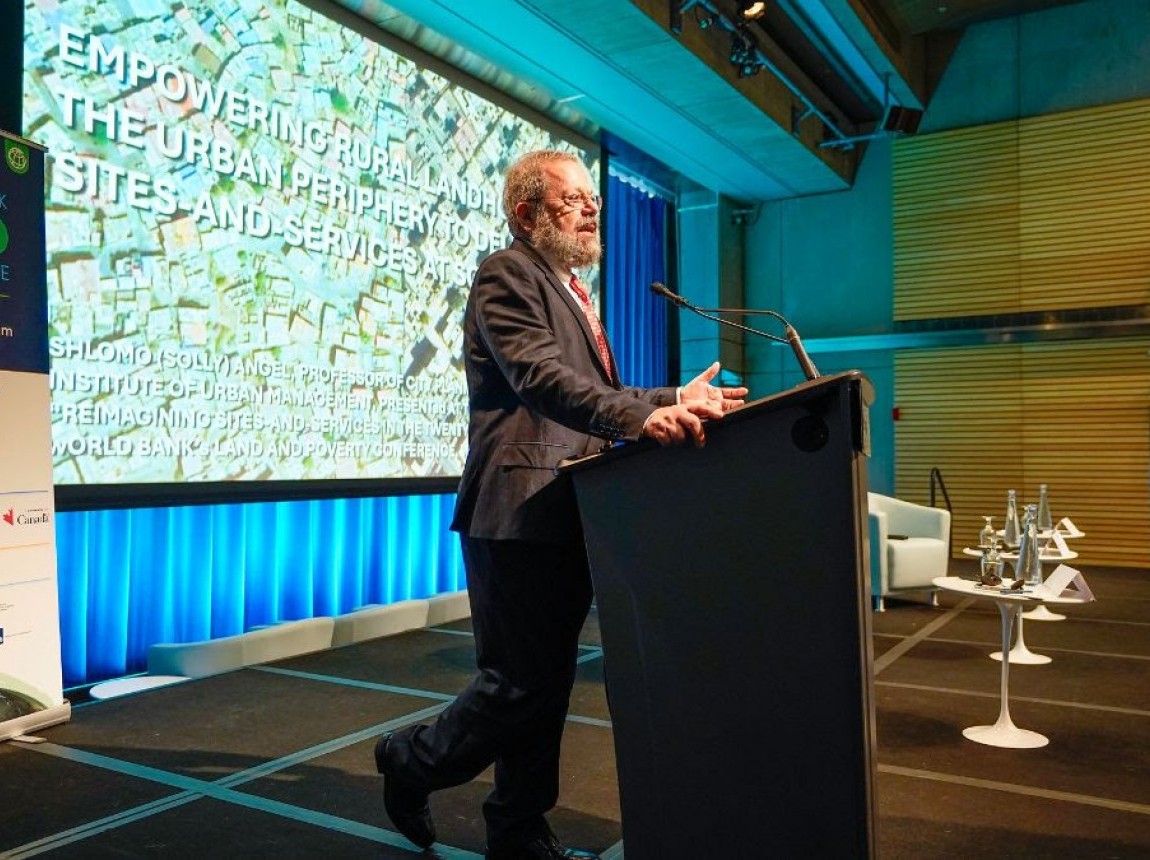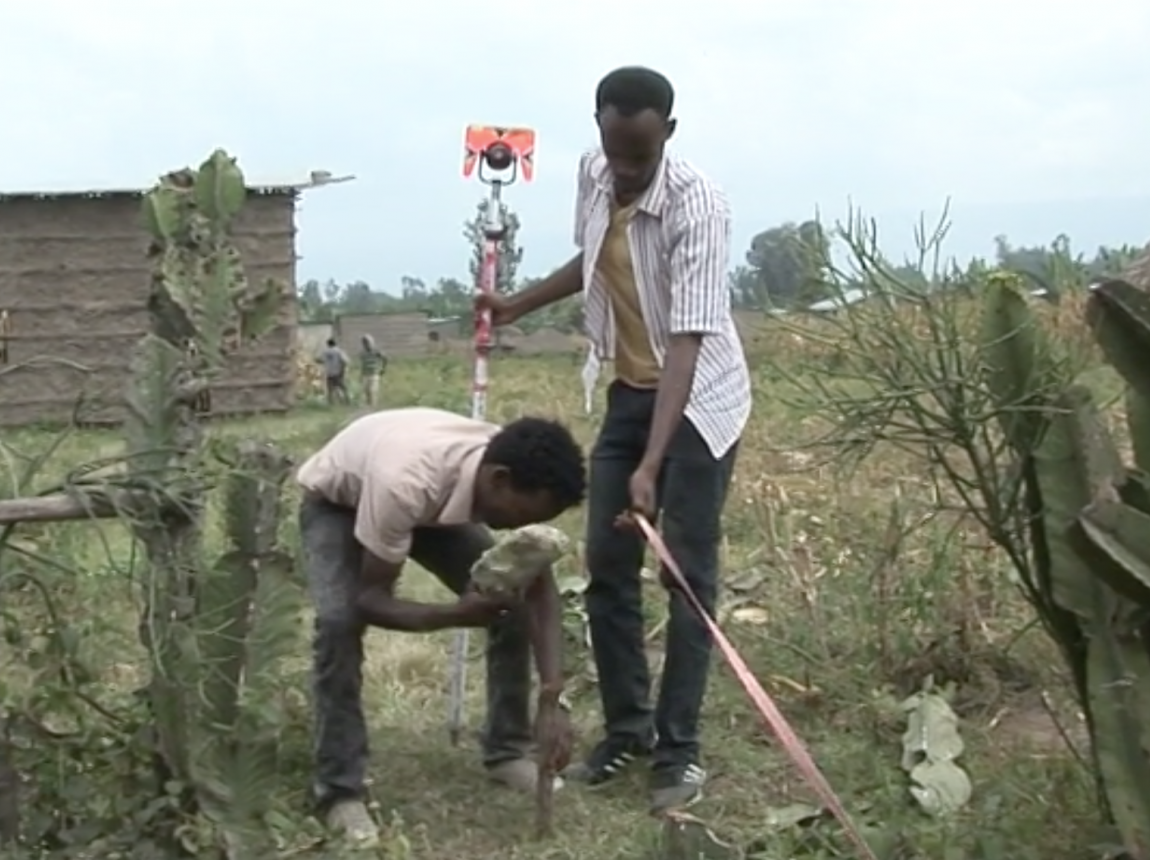Related

Jul 10,2025
Solly Angel Speaks at World Bank Land Conference

Sep 22,2020
How They Do It in Ethiopia
Making Room for Urban Expansion
by
Patrick Lamson-Hall
Professor Shlomo Angel delivered the keynote address at York University's After Suburbia conference in Toronto on October 19, 2017. The title of the lecture was "The New Urban Periphery, 1990-2015: Findings from a Global Sample of Cities."
Using satellite imagery, the NYU Urban Expansion Program has identified the urban extents—the areas occupied by the built-up areas of cities and the urbanized open spaces they delimit—in a stratified global sample of 200 cities, a 5% sample of all 4,231 cities and metropolitan areas that had 100,000 people or more in 2010, for three time periods 1990, 2000, and 2010. This made it possible to identify, for the first time, the new urban peripheries, the urban areas built between 1990 and 2015, to measure them, and to compare them with areas built before 1990, using high resolution satellite imagery. Angel's lecture reported on the findings from the global sample of cities and their generalization to the universe of cities.
The general conclusion reached by comparing the new urban periphery to areas built before 1990 is that, on the whole, there has been a significant deterioration in key parameters that measure the physical quality of the urban environment in cities the world over. In addition, Angel's lecture introduced new data from 10 cities on the shares of their recently added population that were accommodated in areas built before 1990 as against areas built between 1990 and 2015. While the results are tentative, we can begin to see that the densification of areas built before 1990 was largely due to the increase in the saturation of their urban extent by their built-up areas, i.e. by the infill of their remaining vacant lands. The increase in saturation in these 10 cities was found to be statistically significant. In contrast, the average population densities in their built-up areas did not increase significantly.
Please fill out the information below to receive our e-newsletter(s).
*Indicates required.